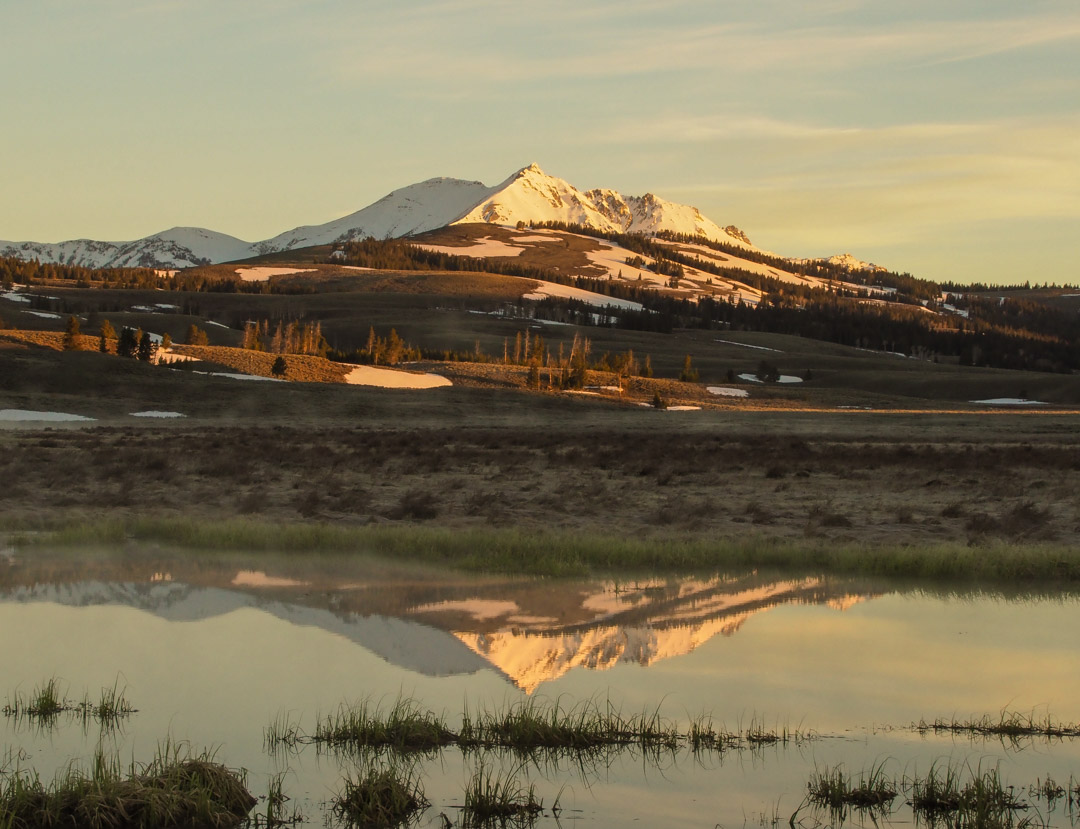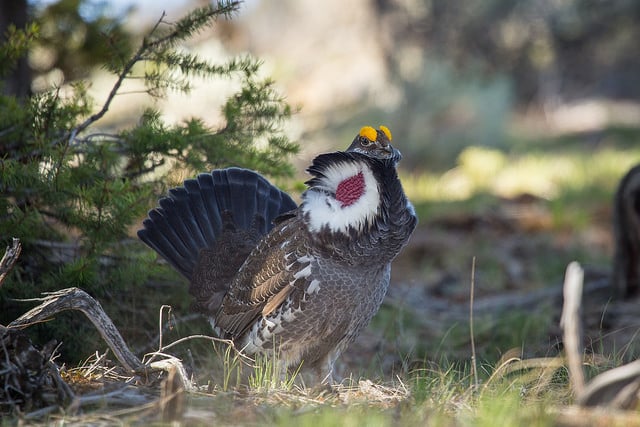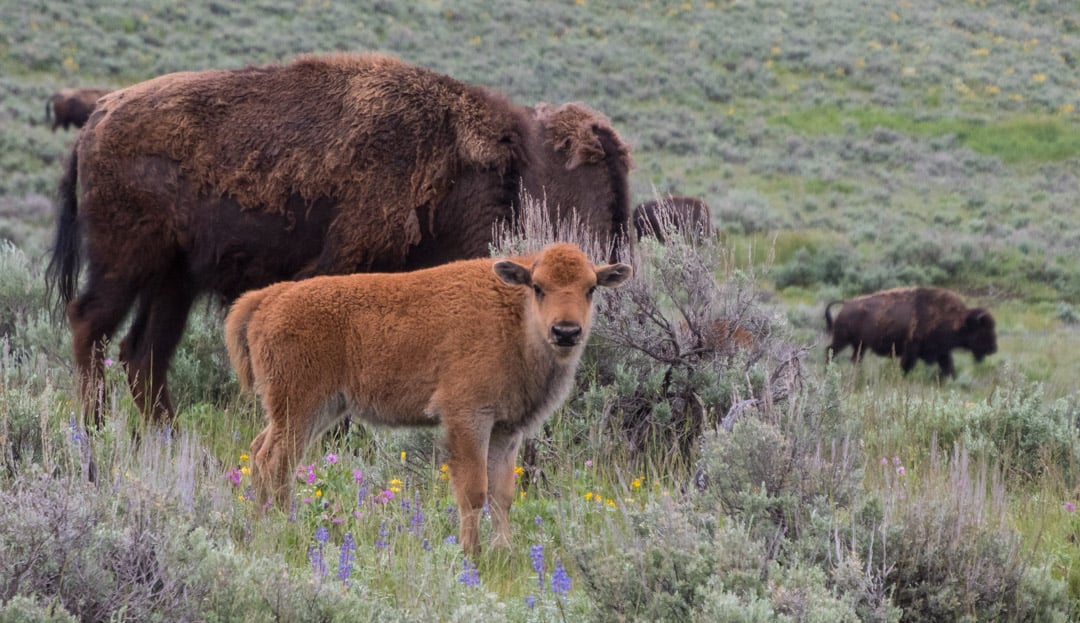3 Insider’s Tips for Visiting Yellowstone in Spring
Yellowstone IN Spring
Spring is one of the most dynamic times of year in Yellowstone. As the park begins to turn green and the days grow longer, the landscape changes almost daily. Rivers run high, snow lingers in the mountains, and baby animals speckle the landscape—along with the predators that hunt them. Here are a few tips for how to make the most of your spring visit.
Rise Early
One of the most important things you can do to take advantage of all that spring offers is to rise early – before sunrise if possible. Yellowstone provides unparalleled opportunities to observe animals in their natural habitat, and late April through early June boasts some of the most exciting wildlife watching of the entire year—but you have to get up when the animals do for the best chance at seeing them.
From a base at Lake Yellowstone Hotel, or Mammoth Hot Springs Hotel, rise early, and drive towards Hayden or Lamar Valley. Find a quiet pullout, turn off the engine, and get out of the car. Scan the landscape, looking for movement, and listening for sounds. Watch the behavior of any animals you see—you’ll be surprised at what they’ll tell you. For example, elk that are bunched together instead of peacefully grazing can clue you in to the presence of a bear or wolf.
Maintaining a safe distance from animals creates an opportunity to watch natural behavior, and gives them the space they need to survive; the park requires visitors to stay 100 yards from bears or wolves and 25 yards from other wildlife. Parking in designated pullouts and using binoculars and telephoto lenses allows you to closely observe the animals without disturbing them. Animals—and other wildlife watchers— can be disturbed by human noise; make sure to turn off your engine, use a soft voice, and avoid slamming your car door.
Leave the Car Behind
Truthfully, this is our favorite thing to do any time of year. A whole different Yellowstone experience awaits just a few steps away from the road. Walk 5 minutes, 10 minutes, or a few hours from your car. Then sit…and watch. You’ll be surprised at what will appear when you quiet your body and your mind.
If you are feeling active, hike the Beaver Ponds Trail in Mammoth Hot Springs. This 5-mile loop is one of our favorites to hike in the spring because of the varied terrain and the chance to see wildlife. The trail passes through forest and meadow, and past several ponds full of waterfowl. We almost always spot a blue grouse displaying, and – if we’re lucky – a black bear or two. Elk, deer, and colorful spring wildflowers are also common.
Spring is also one of the best times to visit Yellowstone’s thermal features. In mid-summer, cars can line up for a half mile to get in to the parking lot at the Midway Geyser Basin. But in May, you’ll share iconic features such as Old Faithful and Grand Prismatic Spring with far fewer people.
Be Prepared
Spring weather is unpredictable—sunny and 60 degrees one day, snowing the next, and trails can be wet and muddy. Pack in layers, wear hiking boots, and carry a warm jacket. If you plan to hike, make sure to remember bear spray, water, sunscreen, and rain gear. Yellowstone is a mountain wilderness, and you’ll have a much more enjoyable trip if you come prepared.
If you are unsure about exploring the park on your own, join a guided tour or Lodging & Learning program. You’ll explore the park with local guides who can teach you where to look for springtime highlights and how to enjoy the park safely. You can always take what you’ve learned and explore on your own.
Jenny Golding is the founding editor of A Yellowstone Life and writes from her home at the north entrance to Yellowstone in Gardiner, Montana.
For more travel experiences to Beautiful Places on Earth™ available from Xanterra Travel Collection® and its affiliated properties, visit xanterra.com/explore.
Want to experience Yellowstone in-depth? See what makes Yellowstone National Park a great place to work for a season or longer!
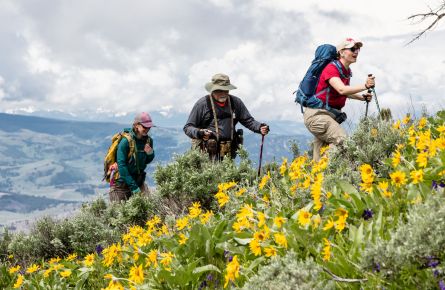
Explore Spring
Spring is one of the most dynamic times of year in Yellowstone. As the park begins to turn green and the days grow longer, the landscape changes almost daily. Rivers run high, snow lingers in the mountains, and baby animals speckle the landscape.
Learn More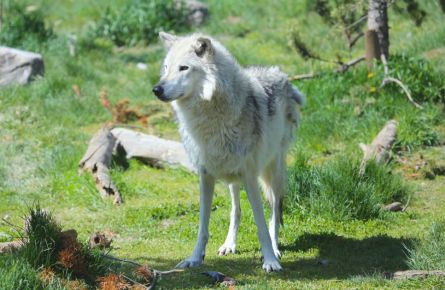
Spring Packages
Get the most out of your national park experience by learning more about the spring packages we offer.
